10 Symptoms of Osteoarthritis to Be Aware Of
Osteoarthritis, a degenerative joint disease, is the most common form of arthritis and affects millions of people worldwide. It occurs when the protective cartilage that cushions the ends of your bones wears down over time. In this article, we will discuss 10 common symptoms of osteoarthritis that you should be aware of.
Joint Pain
Joint pain is the most common symptom of osteoarthritis and typically worsens with activity and improves with rest[[1]]. Pain may be felt during or after movement and can range from mild to severe, depending on the extent of the disease.

Advertisement
Stiffness
Stiffness in the affected joints is another common symptom of osteoarthritis. This stiffness is usually most noticeable upon waking up in the morning or after a period of inactivity[[2]].
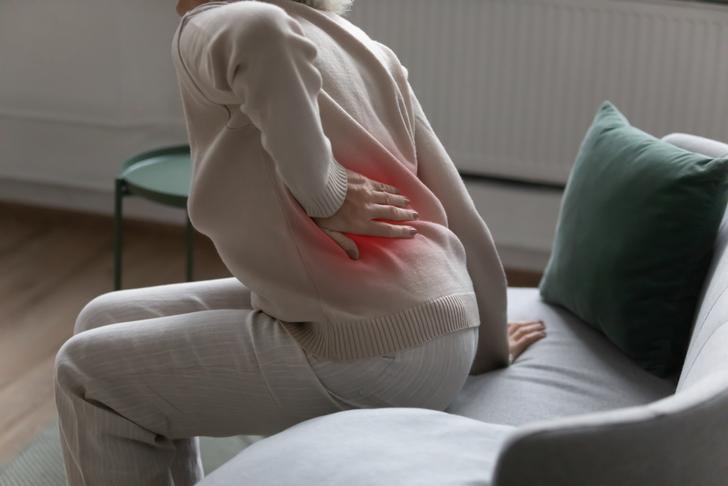
Advertisement
Loss of Flexibility
As osteoarthritis progresses, the affected joints may lose their range of motion and flexibility. This can make it difficult to perform daily activities and may lead to a decreased quality of life[[1]].
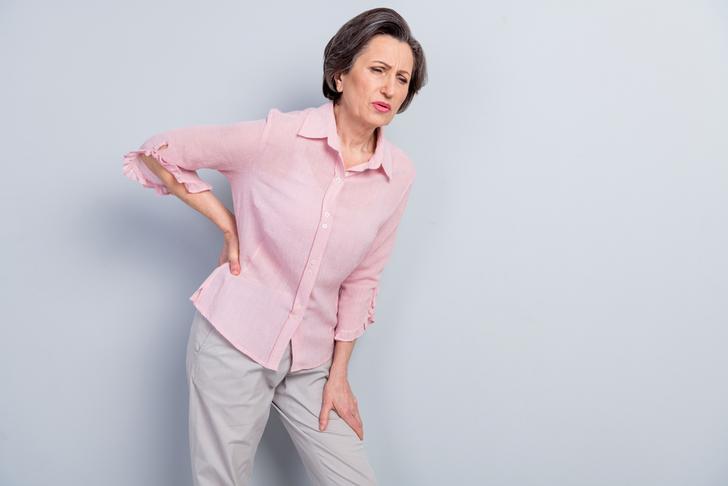
Advertisement
Swelling
Inflammation in the joints can cause swelling, which is another common symptom of osteoarthritis. This swelling may be more noticeable after periods of activity[[2]].
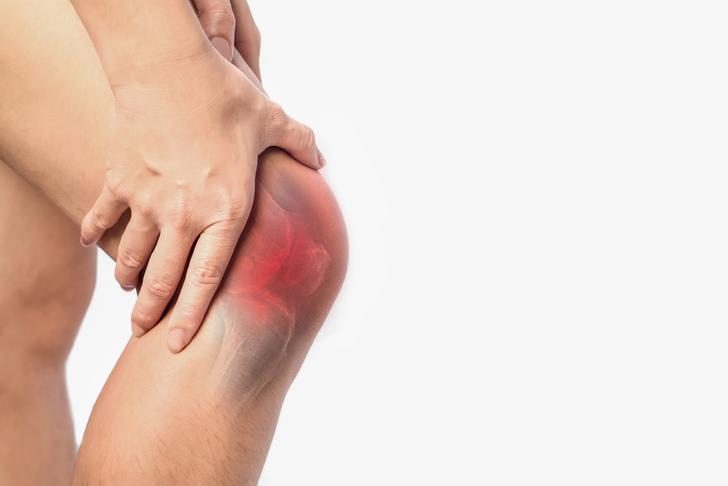
Advertisement
Crepitus
Crepitus is a grating or crackling sound or sensation that occurs when the roughened surfaces of the bones in the joint rub against each other. This can be both felt and heard during movement and is a common symptom of osteoarthritis[[3]].
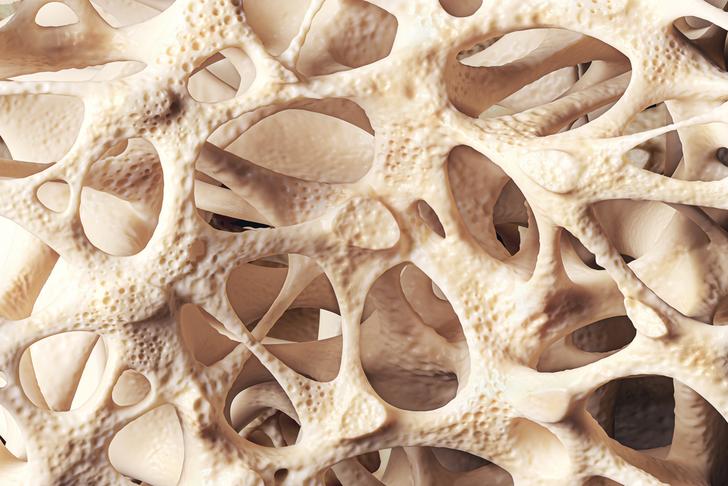
Advertisement
Bone Spurs
Bone spurs, or osteophytes, are bony growths that can develop around the edges of the affected joints. These growths can cause pain and may further limit joint movement[[2]].
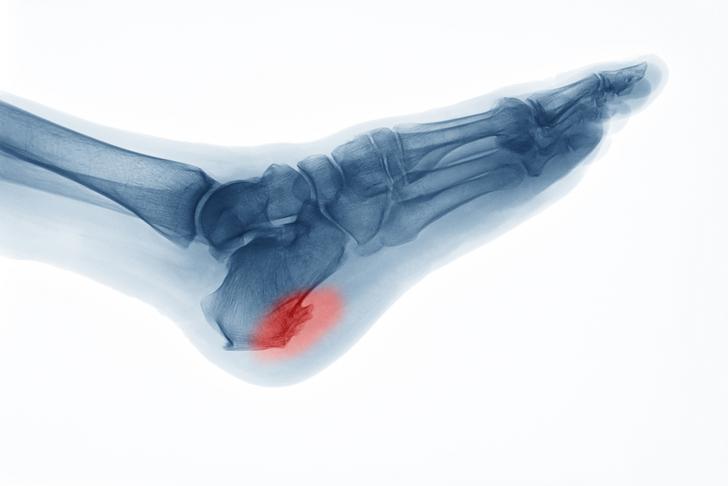
Advertisement
Joint Instability
As the cartilage in the joint wears away, the joint may become unstable and more prone to dislocation or other injuries. This can lead to a feeling of the joint “giving way” during movement[[3]].
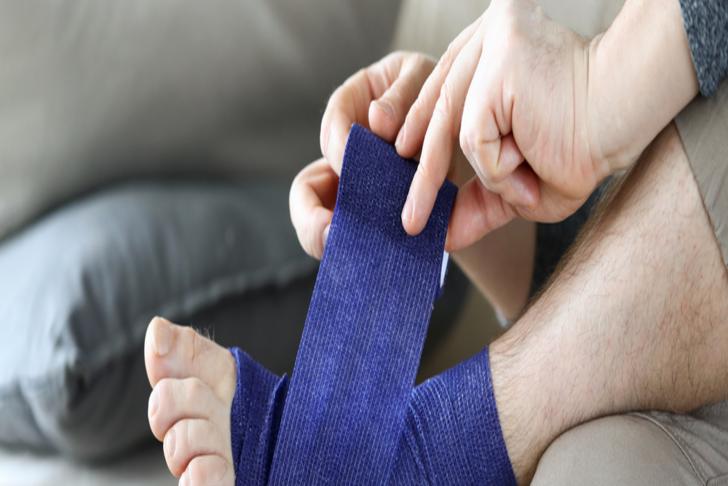
Advertisement
Muscle Weakness
Muscle weakness can develop around the affected joints as a result of disuse or inactivity due to pain and stiffness. This can further contribute to joint instability and a decreased range of motion[[1]].

Advertisement
Joint Deformity
In advanced cases of osteoarthritis, the affected joints may become visibly deformed. This can be due to a combination of bone spurs, loss of cartilage, and joint instability[[2]].
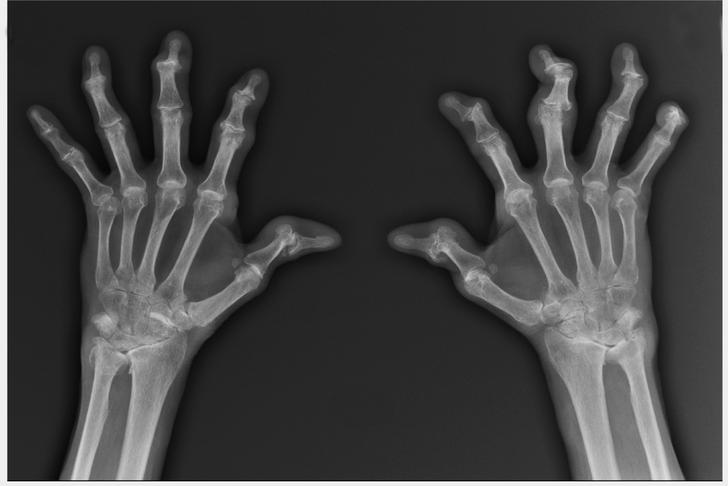
Advertisement
Reduced Function and Mobility
As a result of the various symptoms of osteoarthritis, individuals may experience a reduced ability to perform daily activities and a decreased overall mobility. This can have a significant impact on quality of life and may lead to feelings of frustration and depression[[3]].
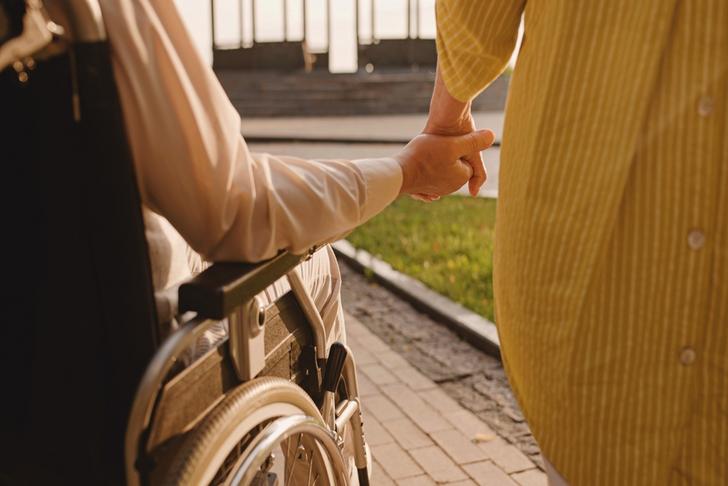
Advertisement
Causes of Osteoarthritis
Osteoarthritis is a degenerative joint disease that is often attributed to “wear and tear.” The condition primarily affects the articular cartilage, the smooth, white tissue that covers the ends of bones where they come together to form joints. In osteoarthritis, this cartilage breaks down, causing the bones within a joint to rub together, leading to pain, stiffness, and other symptoms.
Several factors can increase your risk for developing osteoarthritis, including:
- Age: Osteoarthritis becomes more common as people age.
- Gender: Women are more likely to develop osteoarthritis than men.
- Obesity: Extra body weight contributes to osteoarthritis in several ways, including increased wear and tear on weight-bearing joints like hips and knees.
- Joint injuries: Injuries, such as those that occur when playing sports or from an accident, may increase the risk of osteoarthritis.
- Certain occupations: Jobs that require kneeling, squatting, or lifting heavy weights for more than an hour a day may increase your risk of osteoarthritis.
- Genetics: Some people have inherited traits that make them more likely to develop osteoarthritis.
Advertisement
Treatments for Osteoarthritis
While there’s no cure for osteoarthritis, a range of treatments can manage symptoms and improve quality of life. These include:
- Medications: Over-the-counter pain relievers and nonsteroidal anti-inflammatory drugs (NSAIDs) can help reduce pain and swelling. In more severe cases, prescription medications may be necessary.
- Physical therapy: A physical therapist can create a personalized exercise regimen to strengthen your muscles and improve your range of motion.
- Weight management: Losing weight if you’re overweight can reduce stress on weight-bearing joints, such as your knees and hips.
- Surgery: For severe osteoarthritis, joint replacement surgery or joint fusion may be recommended.
Advertisement
Conclusion
Osteoarthritis, a degenerative joint disease, can lead to a range of symptoms that impact quality of life, from joint pain and stiffness to reduced mobility. Recognizing these symptoms and seeking early intervention can help manage the condition and maintain function. If you suspect you have osteoarthritis, it’s crucial to consult with a healthcare professional for an accurate diagnosis and suitable treatment plan. Management strategies, from medication and physical therapy to weight management and in severe cases, surgery, can mitigate symptoms and help individuals with osteoarthritis lead active, fulfilling lives.
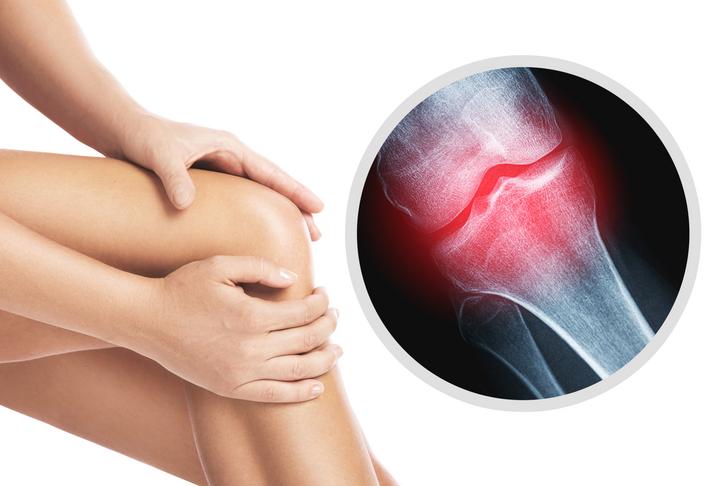
Advertisement





